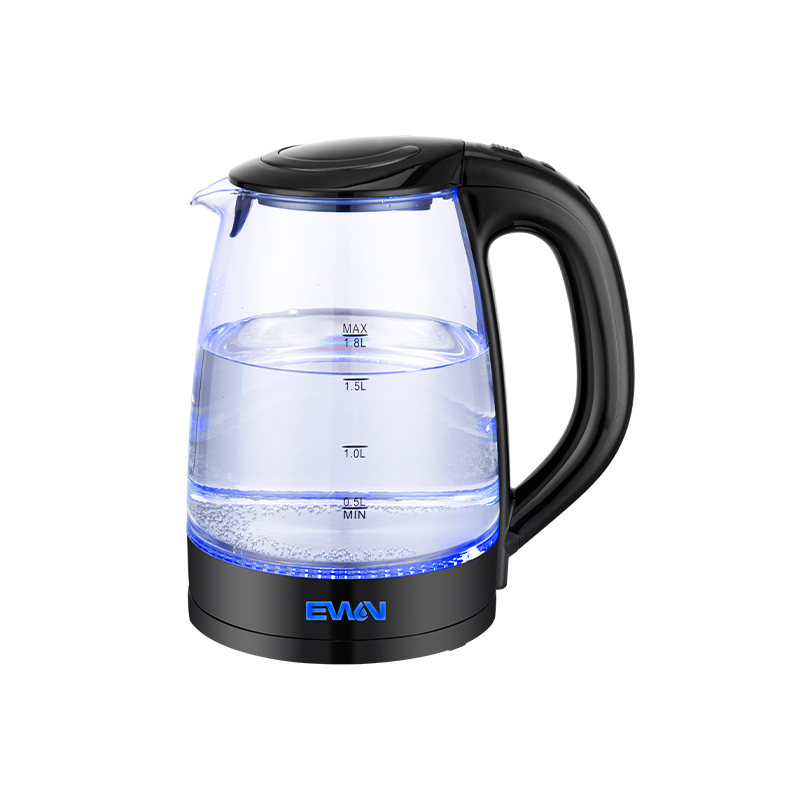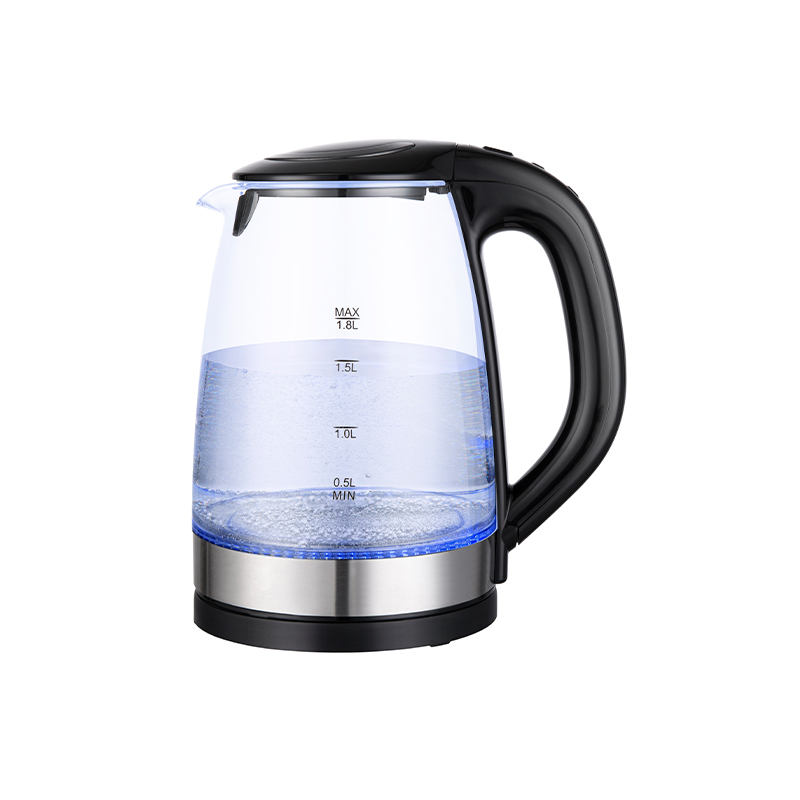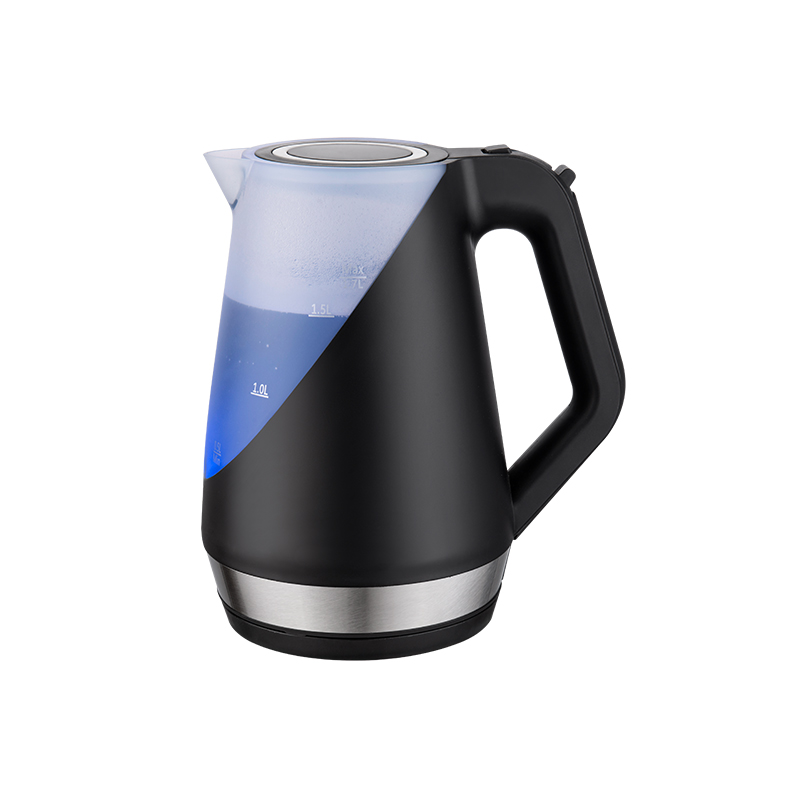+86-18667862027
Web Menu
Product Search
Exit Menu
What are the advantages of stainless steel kettles over glass or plastic kettles?
Higher durability
Stainless steel kettles are relatively strong in overall structure and not easy to break, suitable for repeated daily use or long-term carrying. In contrast, although glass kettles are transparent and beautiful in appearance, they are less impact-resistant and easily broken after being dropped or collided; plastic kettles may age and deform due to long-term use or high-temperature contact. Stainless steel materials can still maintain a relatively stable shape and structure after repeated use, and are not prone to cracks or leakage problems, so they are more practical in many scenarios such as outdoor, travel, and office.
Strong resistance to high temperature
Stainless steel has good heat resistance. It will not release substances, deform or produce odor when used at high temperatures. Although glass kettles are also heat-resistant, they are more sensitive to alternating hot and cold. If heat-resistant glass is not used, they may burst due to large temperature differences. Most plastic kettles cannot directly hold boiling water, and some materials are prone to releasing odors or affecting the taste under high temperature conditions. Stainless steel kettles can directly heat or hold high-temperature liquids, which are more suitable for situations where you need to quickly boil water, keep warm or brew hot drinks.
Easy to carry and use outdoors
Stainless steel kettles are mostly lightweight in design, taking into account both capacity and strength, and have strong resistance to falling and pressure, making them suitable for outdoor sports, business trips, camping and other carrying occasions. In contrast, glass kettles are bulky and fragile, and are not suitable for frequent movement or outdoor carrying; although plastic kettles are lightweight, their physical properties may deteriorate under strong sunlight or low temperature environments. Stainless steel kettles are stable in material and not easily affected by the environment, which is conducive to long-term repeated use.
Relatively good corrosion resistance
High-quality stainless steel has strong corrosion resistance when facing common drinking water, tea, coffee and other liquids, and is not easy to rust or discolor due to liquid ingredients. The glass material itself has good corrosion resistance, but special attention should be paid to prevent scratches or breakage when cleaning it; plastic kettles are easy to absorb tea or coffee stains when in contact with colored drinks for a long time, which is difficult to clean thoroughly, and may affect hygiene over time. Stainless steel material has relatively more stable corrosion resistance and is also easy to clean daily.
Stronger heat preservation and insulation performance
Many stainless steel kettles are equipped with double-layer structures or vacuum layer designs, which have heat preservation or cold preservation functions and are suitable for use in different climatic conditions. Although glass kettles also have heat preservation styles (such as double-layer glass), the overall heat preservation time is usually not as long-lasting as stainless steel ones; the heat preservation effect of plastic kettles is more limited and is generally only used for short-term water storage. For users who need to keep warm for a long time or want to keep the temperature of drinks, stainless steel kettles provide a more stable use experience.
Relatively stable safety
Stainless steel kettles are not easy to release harmful substances during use, especially when using food-grade 304 or 316 stainless steel, they can also maintain a relatively safe state in high temperature environments. The safety of glass kettles depends on the material and heat resistance. Although they do not release harmful components themselves, they have a higher risk of breakage. The safety of plastic kettles is closely related to the type of resin used. For example, non-food-grade plastics may produce odors or dissolve substances at high temperatures. In comparison, stainless steel is more stable in controlling the source of materials and the use environment.
Cleaning and maintenance are relatively simple
The surface of stainless steel kettles is smooth and not easy to leave stains. When cleaning, you can directly rinse with clean water or neutral detergent to remove common scale or beverage residues. Although the glass kettle is transparent and easy to observe the water level, it is easy to produce tea scale and water stains, and it is necessary to avoid damage when cleaning; plastic kettles often have residual odors after cleaning, which is difficult to completely remove. Stainless steel kettles only need to be descaled or rinsed regularly during use, and maintenance is relatively simple.
Wide range of applications
Stainless steel kettles are suitable for a variety of occasions such as home kitchens, offices, outdoor sports, business travel, etc., and are suitable for a variety of heat sources, such as electric stoves, induction cookers, etc. Glass kettles are mostly used indoors and have high requirements for the operating environment; plastic kettles are more suitable for children or short-term drinking. Overall, stainless steel kettles have a wider range of applications and more flexible use conditions.
Diversified appearance and structure
Modern stainless steel kettles are also rich in appearance design, with a variety of surface treatment methods such as spraying, brushing, mirroring, etc., and a variety of shapes and structures, both functional and aesthetic. Glass kettles mainly highlight the transparent effect and simple appearance; plastic kettles are mostly used for functional divisions, such as sports bottles, children's cups, etc. The structural design of stainless steel kettles is more suitable for comprehensive needs, such as leak-proof covers, thermos spouts, and one-piece molded kettle bodies.
address
No.935 Qiye Road, Zhouxiang Town, Cixi City, Zhejiang Province, China
Sale’s Email
leila@nbewin.com
sales8@nbewin.com
sales9@nbewin.com
Copyrighte Ningbo Ewin Electrical Appliances Co., Ltd. All Rights Reserved.












